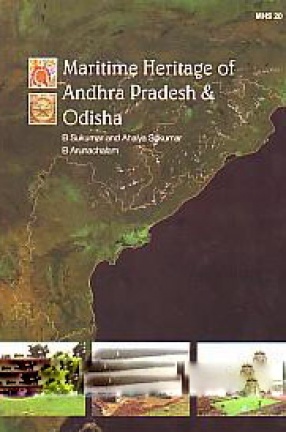
Marine Studies

183 books

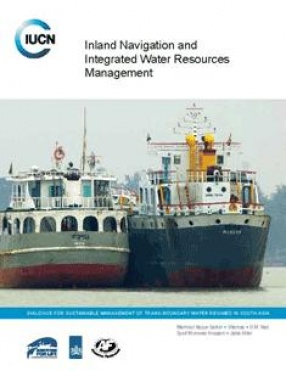
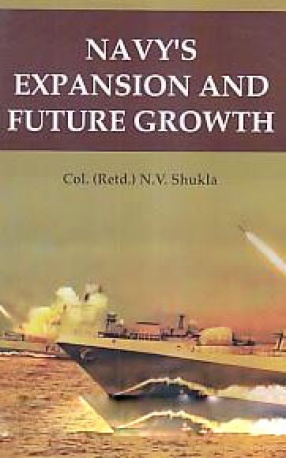
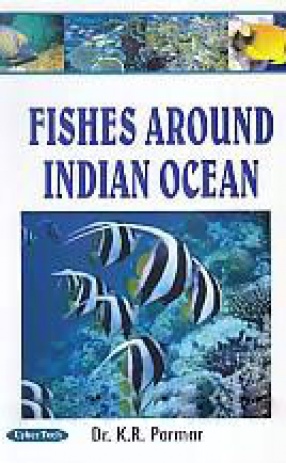

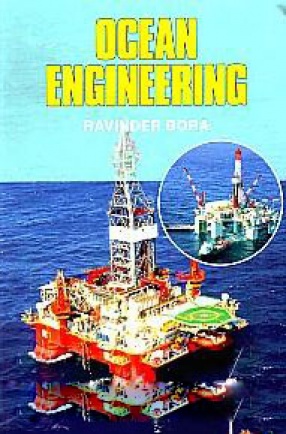
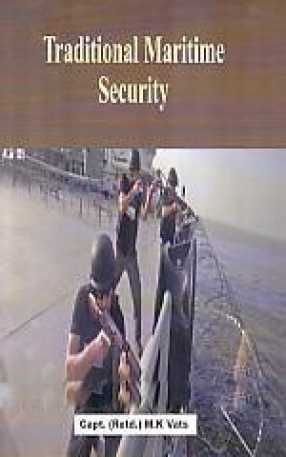
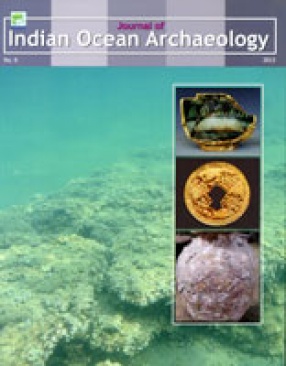
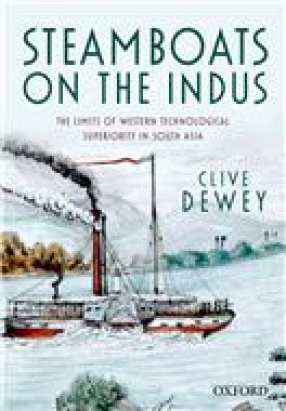
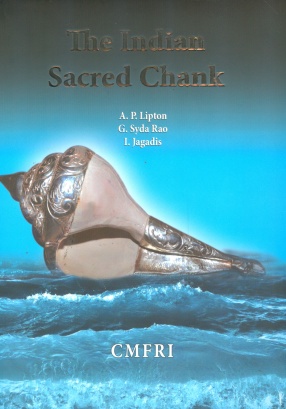
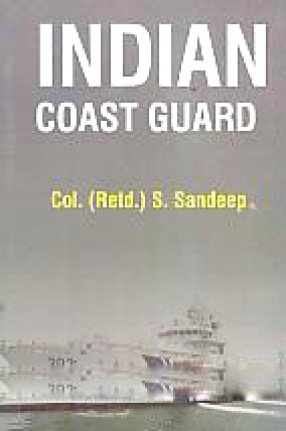
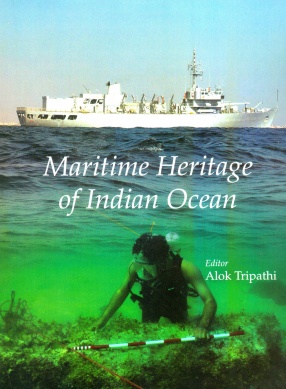
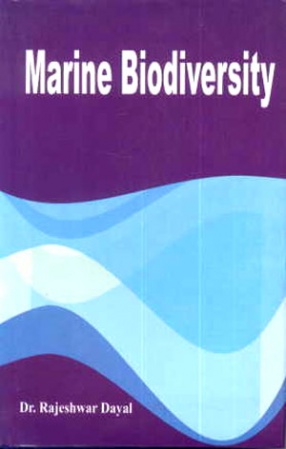


Maminul Haque Sarker received his graduation in civil engineering from Bangladesh University of Engineering and Technology (BUET). He did his Masters in Hydraulic Engineering (1996) from IHE, Delft, the Netherlands and PhD (2009) from School of Geography, University of Nottingham, UK. He worked at Bangladesh Inland Water Transport Authority (BIWTA) for 12 years (1981 to 1993); he joined the Center for Environmental and Geographic Services (CEGIS) in 1997. Most of ...
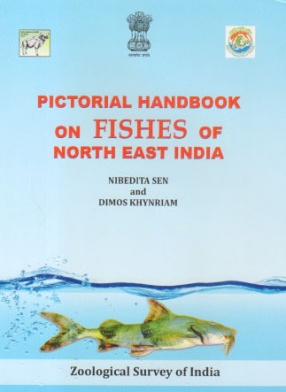
From the foreword: Fishes are cold blooded backboned animals and are the most ancient and numerous of vertebrates. Diversified fish fauna of North Eastern region was worked out by several authors on regional basis resulting in a good number of publications. But no efforts were made earlier to get an overall picture of the fish fauna of North Eastern Region as a whole. Under the Conservation of Biodiversity Programme, the Government of India is taking biological ...
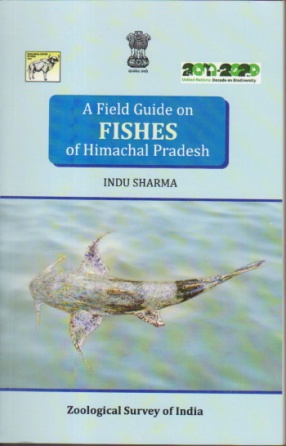
From the introduction: Himachal Pradesh is a state in India. It is a hill state in the Western Himalaya with varied topography and agroclimatic conditions. It is altitude ranges from 350 m to 6000 m above the sea level. It is bordered by the Indian states of Jammu and Kashmir on North, Punjab on West and South-West, Haryana and Uttar Pradesh on South, Uttarakhand on South-East and form the international boundary with Tibetan part of China on the East. The literal ...

The net, among the fishing gear occupies the prime position in catching fish commercially for mass production. Among the net, trawl net chase the fish to be caught, as such, has established itself as the most important gear throughout the world oceans. With these objectives, the book in its nineteen chapters, not only, outlined the features of the trawl net, but described the operational characteristics of the net in different operating conditions.. Starting with ...


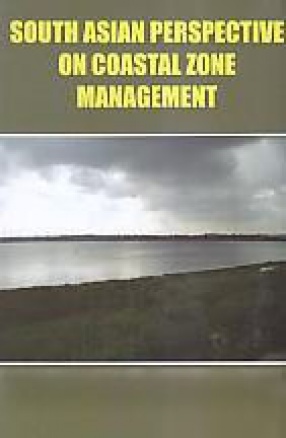
The five countries of the South Asian Region, India, Bangladesh, Maldives, Pakistan and Sri Lanka, share complex legacy of social, cultural and environmental realities that characterize the historical and geographical identity of the subcontinent. With population explosion in the South Asian region, the coastal environment is constantly being altered by its pressures and demands, inevitably affecting its use by future generations. The development of many coastal ...

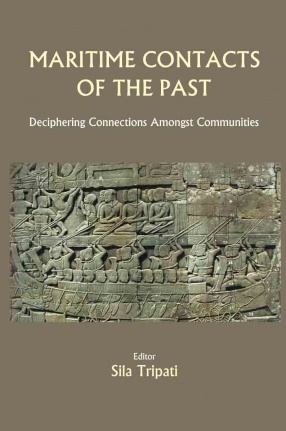
Prior to the commencement of maritime archaeological studies, many amateur divers, fishermen and academicians had recovered numerous artefacts from the seabed, to be either published, showcased, exhibited or sold. The importance and aesthetic value of the artefacts were understood by the scholars and the first academic research of maritime archaeology commenced in the Mediterranean Sea sometime after 1950. Moreover, maritime archaeology was also introduced in the ...

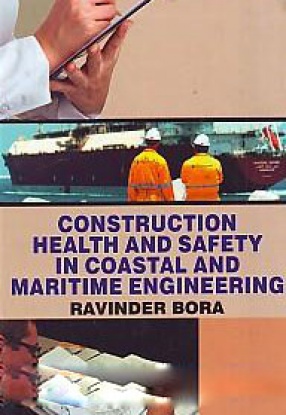
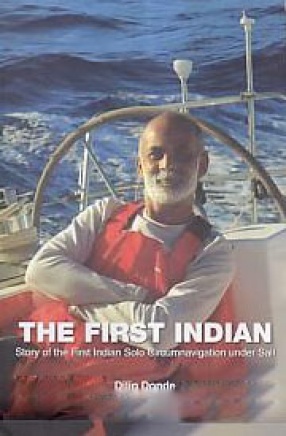
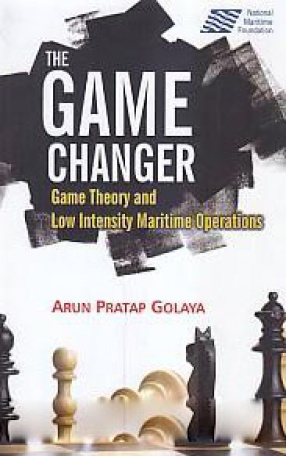


Journal of Indian Ocean Archaeology was launched in 2003 by one of India’s leading academic institutions, the Centre for Research & Training in History, Archaeology and Palaeo-environment, New Delhi. The second issue is in the Press. The Journal is an outcome of the realization on the part of the international community of archaeologists and historians that India has no journal devoted exclusively to the archaeology of the Indian Ocean Rim countries, ...

poured capital into them, colonial officials subsidized them and European travellers patronized them. The country boats—blown by the winds, rowed by the oars, dragged by ropes—had hardly changed in a thousand years. Yet these humble country boats not only saw the steamers out but also survived the coming of the railways. They were far better adapted to the shallow, shifting rivers; they were much cheaper to build and operate; and they drew on an ...
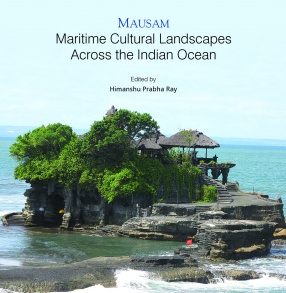
‘Mausam’ or Arabic ‘Mawsim’ refers to the season when ships could sail safely in the Indian Ocean and these seasonal monsoon winds underwrote both a shared culture in the past, as also the continued survival of maritime regions into the present. ‘Maritime cultural landscape’ was used by Olof Hasslof, the Swedish maritime ethnologist in the 1950s to indicate an understanding of the use of the sea by humans and included attendant ...

Among the marine molluscan species, a few are known to have magical, ornamental medicinal and sacred attributes. One such important shell is the sacred chank. Turibinellapyrum which possesses all the attributes. The sacred chankhas been revered for centuries in India for its The sacred chank is a shell, a marine mollusc species, which has been revered in India. This work tries to explain the significance of the chank and the use of all its parts for human ...

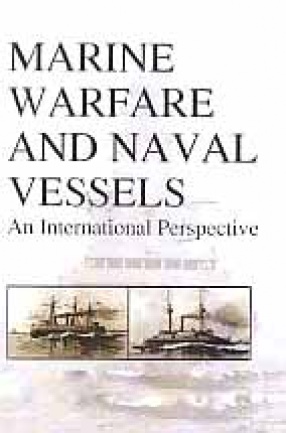


Maritime Heritage of Indian Ocean contains selected researches related to marine archaeology in general and maritime heritage of Indian Ocean in particular. Papers contributed by renowned archaeologists and maritime historians provide valuable information about a variety of topics such as maritime trade, underwater excavations, shipwrecks, traditional shipwrecks and navigation technology, ancient ceramics, conservation of underwater finds, historic harbours, ...

Approximately 70 percent of the earth’s surface is covered, by water, and most of that is marine. Like all biological systems, the oceans are experiencing an ecologically and evolutionarily unprecedented series of stresses, many of which are changing the structure and organization of marine communities. Because humans rely on the oceans for food, mineral resources, and recreation, and because marine life offers potential future benefits to society, such as ...
